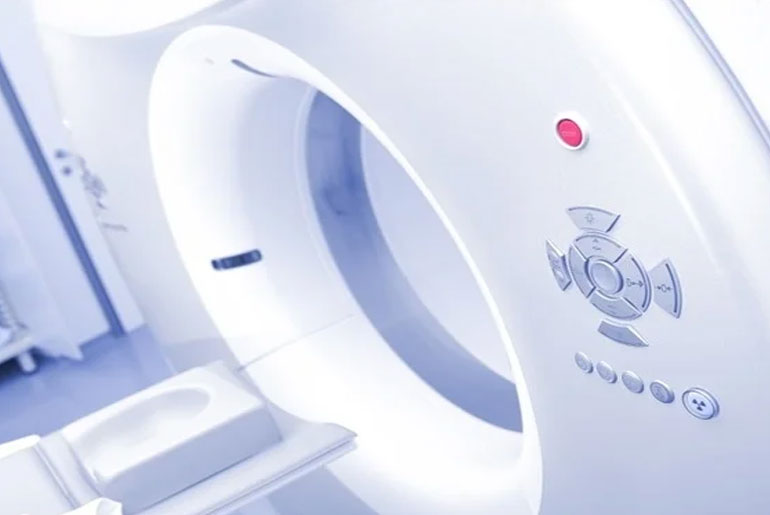Recent research presented at the American College of Cardiology Cardiovascular Summit supports the use of computed tomography angiography (CTA) as an initial evaluation strategy for patients with stable chest discomfort suspected to be caused by coronary artery disease. Previous investigations revealed that less than 40% of patients undergoing invasive coronary angiography had obstructive coronary artery disease. The study, conducted at Atrium Health-Sanger Heart & Vascular Institute, assessed 786 patients who underwent elective invasive coronary angiography. The pre-ICA testing strategies included no noninvasive testing, stress echocardiogram, stress myocardial perfusion imaging, stress MRI, and coronary CTA.
“Right now, when a patient presents to their primary care physician or cardiologist with symptoms suspicious for angina, they are commonly referred for additional testing,” stated Markus Scherer, MD, Director of Cardiac CT and Structural Heart Imaging at Atrium Health-Sanger Heart & Vascular Institute and the study’s senior author.
The results showed that the “CT first” approach was associated with a higher likelihood of subsequent revascularization compared to other modalities or direct ICA referral. Specifically, 62% of patients in the “CT first” group underwent revascularization, compared to 34% in the other groups. Despite the benefits demonstrated by this strategy, various challenges hinder its widespread adoption, including the availability of high-quality CT scanners, qualified interpreting physicians, and the inertia of established testing patterns such as stress testing.
“While care must be individualized, for patients with unknown or unestablished coronary artery disease, the transition to a ‘CT first’ strategy should be a high priority for cardiovascular care providers,” Scherer stated. “The non-invasive approach has a lower risk and cost than a diagnostic heart catheterization and, for the CT approach–but not stress testing–provides information on the absence, presence and extent of coronary atherosclerosis and whether or not there are high risk plaques as well as vessel blockages, which helps streamline patient management and risk reduction.”
However, the “CT first” approach offers potential cost savings to patients and third-party payers, as coronary CTA is less expensive than alternative imaging modalities and invasive procedures. This becomes particularly relevant in the transition to a value-oriented healthcare system. While the 2021 AHA/ACC Guideline for the Evaluation and Diagnosis of Chest Pain does not specify a preference for non-invasive functional imaging or coronary CTA as the initial test, the study underscores the real-world efficacy of a “CT first” strategy in evaluating patients with chest pain and suspected coronary artery disease. The findings advocate for increased adoption of this approach to improve patient care and healthcare efficiency.
“Cardiac catheterization labs are a capital and human resource intensive care environment. Using them for their maximum potential of treating disease, rather than diagnosing it, bring the highest yield for these resources to the health care system,” Scherer stated.
Disclaimer:
The information contained in this article is for educational and informational purposes only and is not intended as a health advice. We would ask you to consult a qualified professional or medical expert to gain additional knowledge before you choose to consume any product or perform any exercise.







